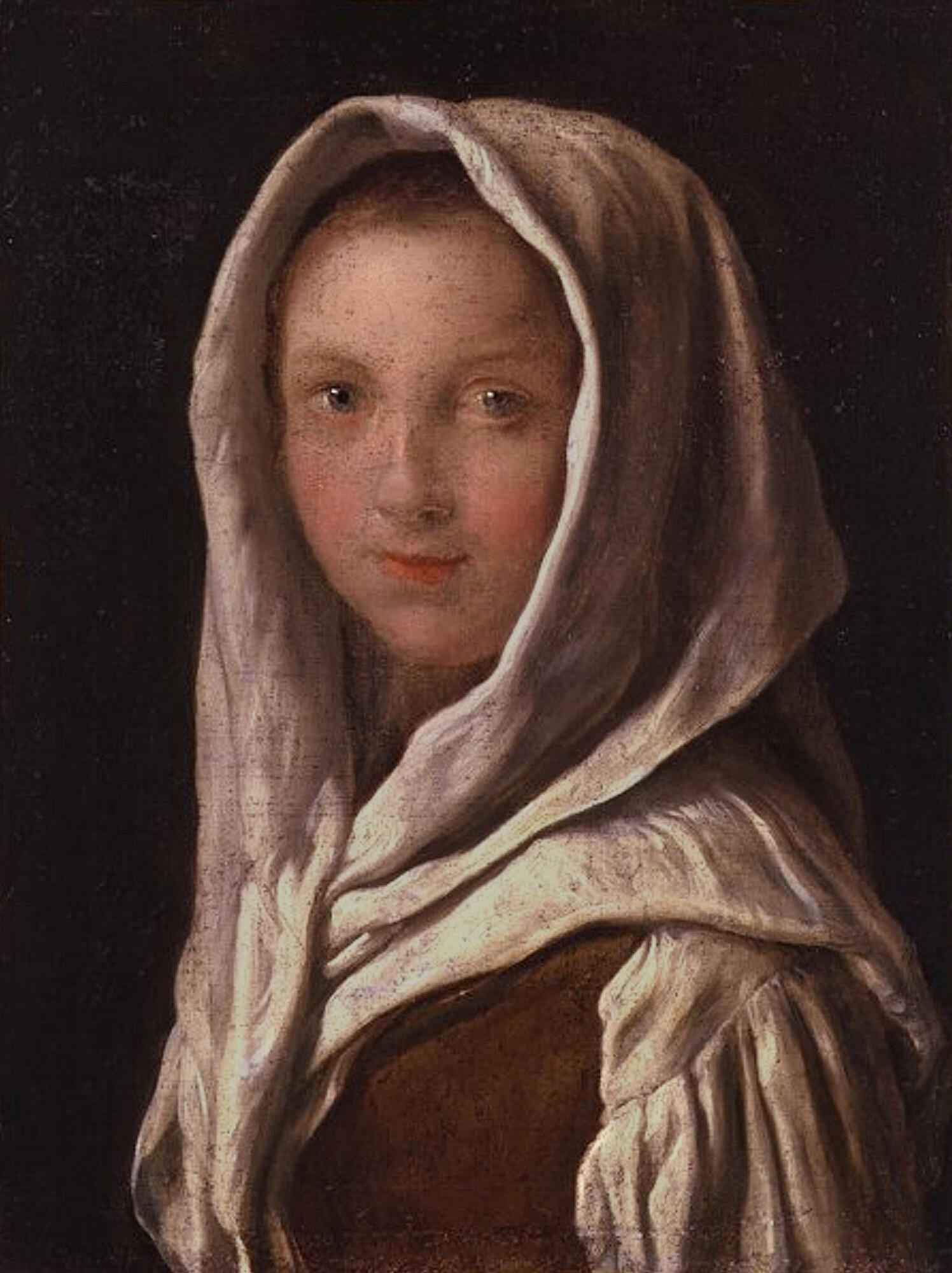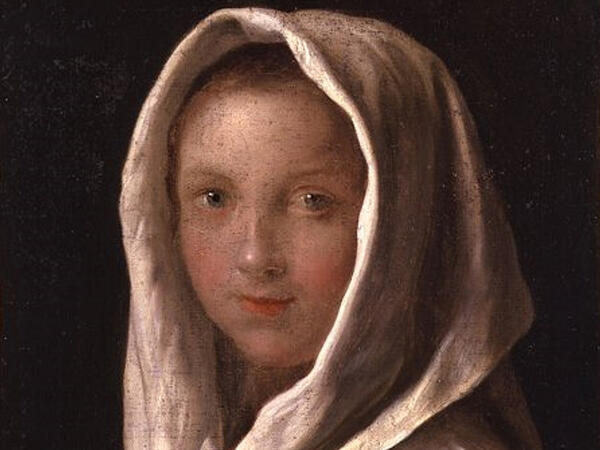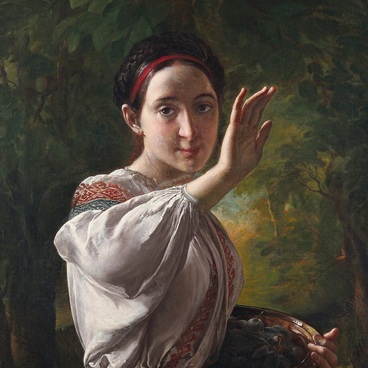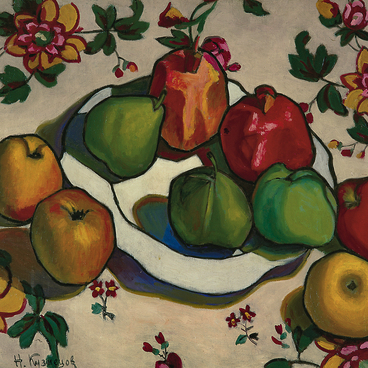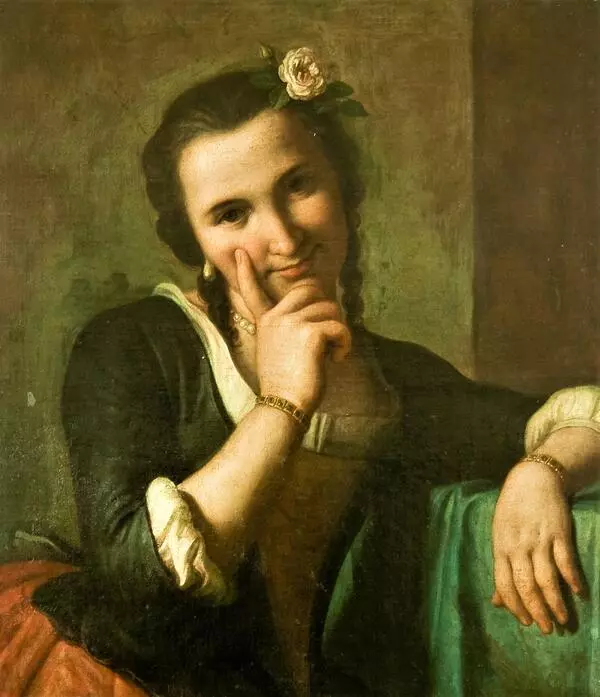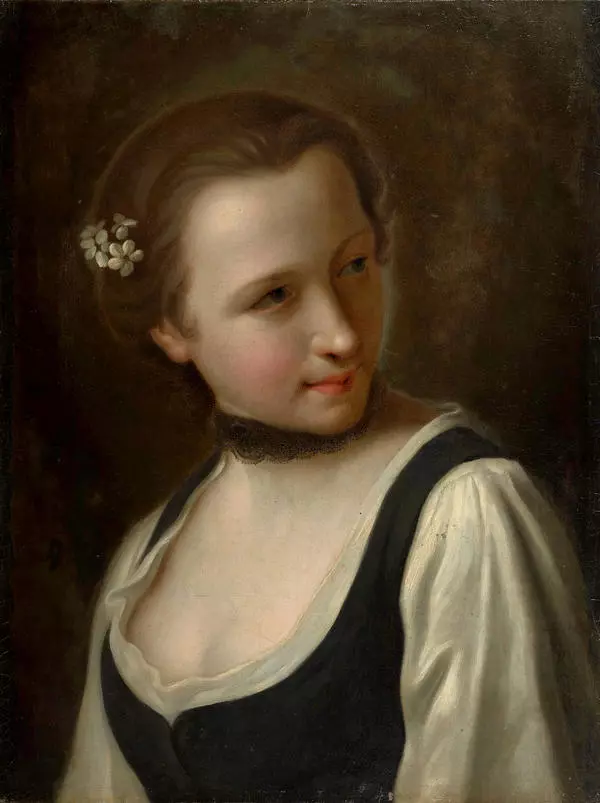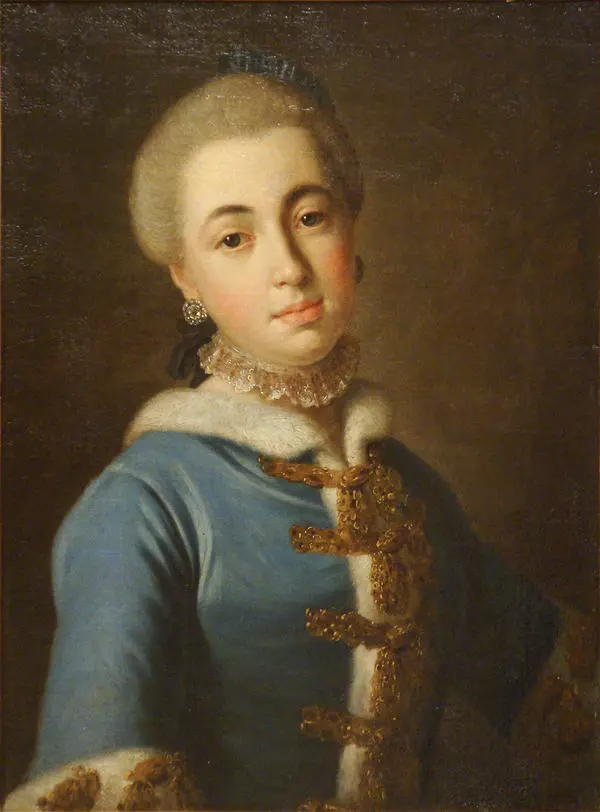‘Girl in a Headscarf’ by the Italian painter Pietro dei Rotari is one of the examples of an intimate portrait.
Pietro Rotari was born in Verona in 1707. He was an apprentice at the Venice and Rome art workshops of famous Italian masters Robert Oudenarde, Antonio Balestra, Francesco Trevisani and Francesco Solimena. In 1734, Rotary opened a private painting school in Verona. Later, he served as a court painter in other countries: in Vienna at the court of Maria Theresa, then, in Dresden at the court of Augustus III.
Count Rotari worked in Russia from 1756 up to 1762. Invited by Empress Elizaveta Petrovna, he came to St. Petersburg settling on Bolshaya Morskaya in his own house, where he opened a private studio. The Empress spared no expense to keep him at the Russian court. He painted many portraits of hers.
The Italian artist not only carried out commissions from the Russian nobility; from 1756 to 1759 Rotari directed a private workshop, where he taught Russian painters free of charge. The artist’s workhop was visited by the future decorator-monumentalist Alexey Antropov. The advice of Rotari was helpful to the portraitist Fyodor Rokotov. Rotari influenced the development of Russian portraiture, his works were copied many times. The series of portraits of pretty ruddy girls brought fame to the painter. After the artist’s death, the canvases were acquired by the royal family to decorate the ‘Cabinet of Fashions and Graces’ in the summer Peterhof Palace, where they remain to this day.
The series includes portraits of girls preoccupied with handicrafts or reading, writing a letter or trying on theatrical costumes, holding a prayer book or a bouquet of flowers. The artist painted a variety of ages, temperaments, states of mind. Unlike his contemporaries, Rotari conveyed a gamut of emotional shades — girls being sad and laughing, demonstrating tenderness and sly playfulness. Of a rather limited theme — a laconic portrait — the artist made many variations.
In a portrait from the Chelyabinsk collection, Rotari painted a pretty and flirtatious girl. Looking at her costume, one can assume that she is not of noble birth. However, this impression is misleading. Members of noble families were models of Rotari’s, and the interest in theatrical fun with dressing up and buffoonery corresponded to the aesthetics of the Rococo style that reigned at the court of Empress Elizabeth Petrovna.
Today, Rotari’s works are housed in the State Tretyakov Gallery, the State Hermitage Museum, the State Museum of Fine Arts named after A. S. Pushkin.
Pietro Rotari was born in Verona in 1707. He was an apprentice at the Venice and Rome art workshops of famous Italian masters Robert Oudenarde, Antonio Balestra, Francesco Trevisani and Francesco Solimena. In 1734, Rotary opened a private painting school in Verona. Later, he served as a court painter in other countries: in Vienna at the court of Maria Theresa, then, in Dresden at the court of Augustus III.
Count Rotari worked in Russia from 1756 up to 1762. Invited by Empress Elizaveta Petrovna, he came to St. Petersburg settling on Bolshaya Morskaya in his own house, where he opened a private studio. The Empress spared no expense to keep him at the Russian court. He painted many portraits of hers.
The Italian artist not only carried out commissions from the Russian nobility; from 1756 to 1759 Rotari directed a private workshop, where he taught Russian painters free of charge. The artist’s workhop was visited by the future decorator-monumentalist Alexey Antropov. The advice of Rotari was helpful to the portraitist Fyodor Rokotov. Rotari influenced the development of Russian portraiture, his works were copied many times. The series of portraits of pretty ruddy girls brought fame to the painter. After the artist’s death, the canvases were acquired by the royal family to decorate the ‘Cabinet of Fashions and Graces’ in the summer Peterhof Palace, where they remain to this day.
The series includes portraits of girls preoccupied with handicrafts or reading, writing a letter or trying on theatrical costumes, holding a prayer book or a bouquet of flowers. The artist painted a variety of ages, temperaments, states of mind. Unlike his contemporaries, Rotari conveyed a gamut of emotional shades — girls being sad and laughing, demonstrating tenderness and sly playfulness. Of a rather limited theme — a laconic portrait — the artist made many variations.
In a portrait from the Chelyabinsk collection, Rotari painted a pretty and flirtatious girl. Looking at her costume, one can assume that she is not of noble birth. However, this impression is misleading. Members of noble families were models of Rotari’s, and the interest in theatrical fun with dressing up and buffoonery corresponded to the aesthetics of the Rococo style that reigned at the court of Empress Elizabeth Petrovna.
Today, Rotari’s works are housed in the State Tretyakov Gallery, the State Hermitage Museum, the State Museum of Fine Arts named after A. S. Pushkin.
